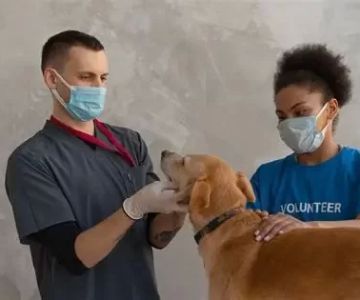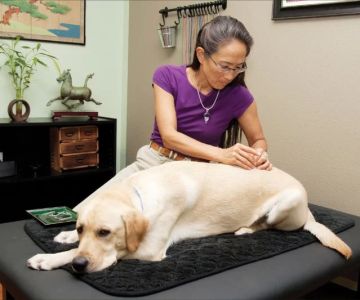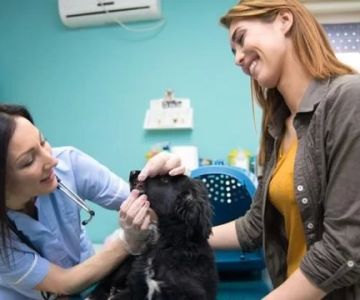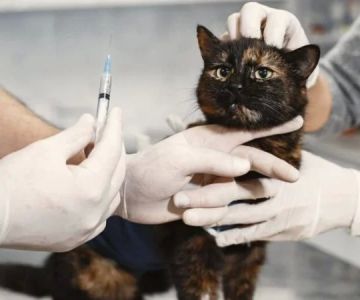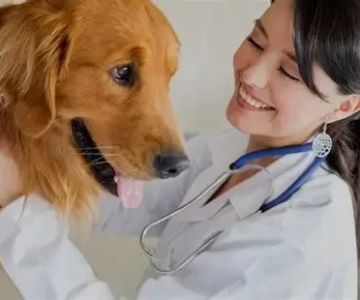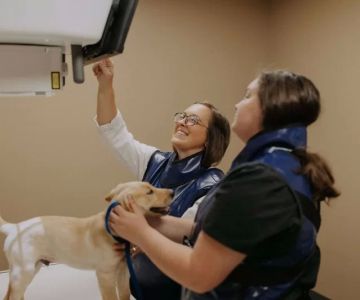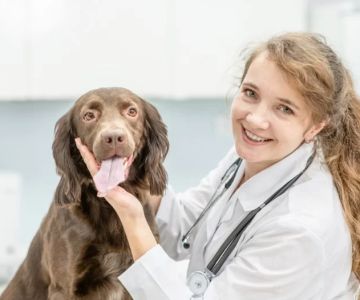What Requirements Are Included in Veterinary Practice Acts?
- 1- Overview of Veterinary Practice Acts
- 2- Licensing Requirements for Veterinary Professionals
- 3- Defining the Scope of Veterinary Practice
- 4- Establishing the Veterinarian-Client-Patient Relationship
- 5- Ethical Standards and Legal Compliance in Veterinary Practice
1. Overview of Veterinary Practice Acts
Veterinary practice acts are laws and regulations that govern the practice of veterinary medicine in many countries. These acts are crucial in ensuring that veterinarians provide safe, effective, and ethical care to animals. As someone deeply involved in the veterinary industry, I’ve come to understand that these practice acts serve as a foundational framework for the legal and professional guidelines under which veterinary professionals operate.
These laws are typically put in place by local and national veterinary boards, which oversee licensing, continuing education, and the regulation of veterinary care standards. A well-crafted veterinary practice act ensures that veterinarians are properly trained, certified, and accountable for their actions when treating animals. This is important not only for the health of animals but also for maintaining public trust in veterinary services.
2. Licensing Requirements for Veterinary Professionals
One of the key requirements often found in veterinary practice acts is the stipulation that all veterinary professionals must obtain a valid license before practicing. This licensing process is essential to ensure that only qualified individuals provide medical care to animals. To obtain a veterinary license, candidates typically must graduate from an accredited veterinary school and pass national or regional exams that test their knowledge and skills in animal care.
For example, in the United States, veterinarians must pass the North American Veterinary Licensing Exam (NAVLE) and, in some states, a state-specific exam. In addition to passing exams, veterinarians must also meet continuing education requirements to maintain their license. This ensures that they stay up to date on new treatments, technologies, and ethical standards in animal care.
The licensing requirement is critical not only for ensuring competency but also for protecting animal welfare by ensuring that unqualified individuals do not practice veterinary medicine.
3. Defining the Scope of Veterinary Practice
Veterinary practice acts often include clear definitions of the scope of veterinary practice, which outlines what veterinarians are legally allowed to do within their profession. This includes not only medical treatments and surgeries but also diagnostics, preventive care, and emergency services. For example, in some regions, the veterinary practice act may specify which animals a veterinarian is permitted to treat (e.g., companion animals versus livestock) and the kinds of medical procedures they are allowed to perform.
Additionally, these acts help to clarify which tasks can be delegated to veterinary technicians and support staff. This helps ensure that each member of the veterinary team is working within their scope of practice and expertise. Without a clear scope of practice defined in the law, there would be significant risks related to unqualified personnel performing tasks beyond their capabilities.
4. Establishing the Veterinarian-Client-Patient Relationship
Another important aspect included in veterinary practice acts is the establishment of a formal veterinarian-client-patient relationship (VCPR). This relationship is essential for ensuring that veterinarians can legally and ethically provide treatment to animals. The VCPR requires that a veterinarian has adequate knowledge of the animal through examination or visits, and that they agree to assume responsibility for making medical decisions regarding the animal’s care.
By legally establishing the VCPR, the practice act helps to prevent any misunderstandings about the level of care a veterinarian can provide. For instance, without a formal VCPR, a veterinarian may be legally restricted from prescribing medication or performing procedures on an animal. This regulation helps ensure that animals receive proper care from a qualified professional, and that the legal boundaries of veterinary practice are respected.
5. Ethical Standards and Legal Compliance in Veterinary Practice
Ethical conduct and legal compliance are cornerstones of veterinary practice acts. These regulations typically require veterinarians to adhere to a set of professional ethics, which include acting in the best interest of the animals under their care, maintaining client confidentiality, and providing fair and honest communication with clients. Compliance with these ethical standards ensures that veterinarians not only provide competent care but also uphold the reputation of the profession.
In addition to ethical standards, veterinary practice acts often include legal requirements to prevent fraud, abuse, and malpractice. For example, these acts may impose strict regulations on how veterinary practices must handle controlled substances or ensure proper documentation of procedures. Ethical breaches or legal violations can result in serious consequences, such as the suspension or revocation of a veterinary license.
For veterinary professionals, understanding and following these ethical and legal guidelines is essential for maintaining a trustworthy practice and safeguarding their careers.

